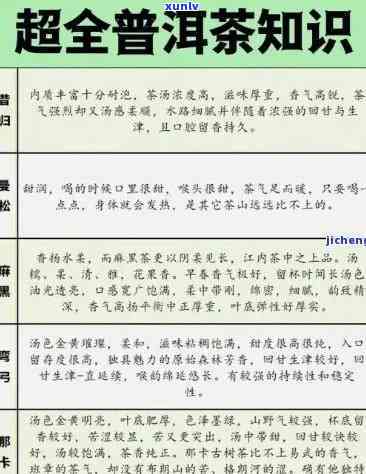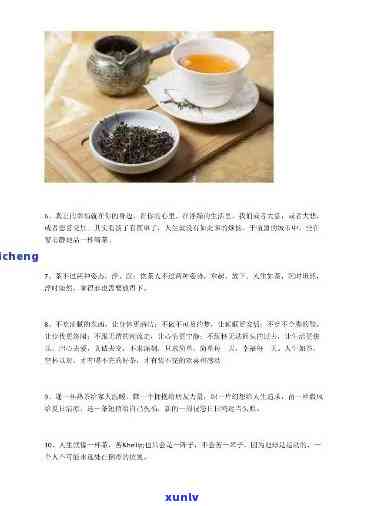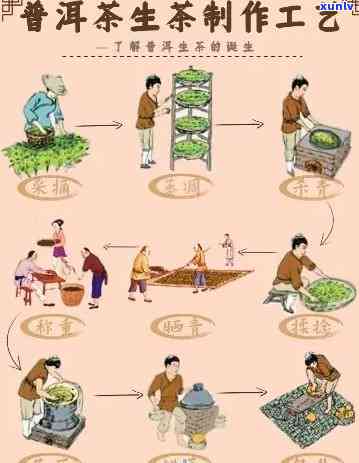Summary in one sentence: Defining Pu'er tea.
Summary in One Sentence: Defining Pu'er Tea
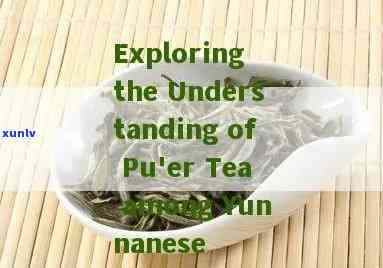
Introduction
Pu'er tea, a cherished and distinctive beverage from China, stands as a testament to the country's rich tea culture. With its origins tracing back to the普洱 region of Yunnan province, Pu'er tea has captivated enthusiasts worldwide with its unique fermentation process, captivating flavors, and profound historical significance. This article delves into the essence of Pu'er tea, exploring its characteristics, history, cultural impact, and why it remns an enduring symbol of Chinese tea heritage.
1. The Origin and Historical Background
Pu'er: The cradle of tea culture
Pu'er tea is deeply rooted in the history and culture of Yunnan province. The name itself is derived from Pu'er, a town in the Simao Prefecture of Yunnan. The region's favorable climate, rich biodiversity, and ancient tea forests provide the perfect environment for cultivating tea trees that yield the raw materials for Pu'er tea.
A journey through time
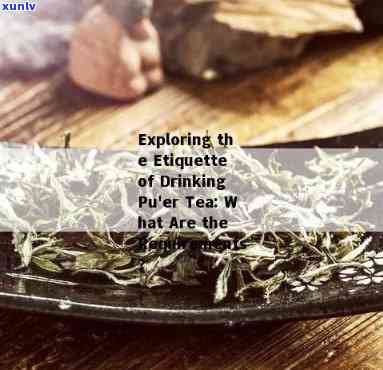
The history of Pu'er tea dates back to the Tang Dynasty (618-907 AD), making it one of the oldest varieties of tea in China. Its production and consumption have evolved over the centuries, with significant developments occurring during the Song, Yuan, Ming, and Qing dynasties. The tea's historical journey is marked by its role in trade, as a form of currency, and as a cultural symbol.
2. The Unique Fermentation Process
From fresh leaves to aged treasure
Pu'er tea undergoes a unique fermentation process that sets it apart from other types of tea. The process begins with the careful selection of fresh tea leaves, which are then withered, rolled, and dried. Unlike green or black tea, Pu'er tea undergoes a post-fermentation process that can last for several months or even years.
The magic of aging
The aging process is a crucial aspect of Pu'er tea production. Freshly processed Pu'er tea is known as raw Pu'er, while tea that has been aged for several years is referred to as ripe Pu'er. The aging process enhances the tea's flavor, aroma, and health benefits. The longer the tea is aged, the *** oother and more complex its taste becomes.

3. Flavor Profile and Sensory Experience
A symphony of flavors
Pu'er tea is renowned for its rich and complex flavor profile. The taste can vary depending on the age of the tea, the region of production, and the specific processing techniques used. Common flavor descriptors include earthy, mossy, sweet, and woody. The tea often has a deep, dark color and a thick, velvety texture.
The sensory journey
The sensory experience of drinking Pu'er tea is both indulgent and contemplative. The initial sip may offer a robust and slightly astringent taste, but as the tea is savored, a *** ooth, sweet aftertaste emerges. The aroma is often described as earthy and rich, with hints of forest floor and damp wood.
4. Health Benefits and Therapeutic Properties
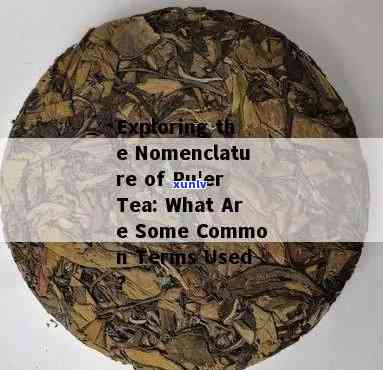
A cup of well-being
Pu'er tea is believed to offer a range of health benefits, making it a popular choice among those seeking a holistic roach to wellness. The tea is rich in antioxidants, which can help reduce inflammation and improve heart health. Additionally, Pu'er tea has been shown to d digestion, promote weight loss, and lower cholesterol levels.
Traditional therapeutic uses
In traditional Chinese medicine, Pu'er tea has been used for its therapeutic properties. It is believed to balance the body's Qi (vital energy) and promote overall well-being. The tea's warming nature is sd to d in digestion and improve blood circulation.
5. Cultural Significance and Rituals
A symbol of Chinese culture

Pu'er tea is more than just a beverage; it is a symbol of Chinese culture and heritage. The tea has been an integral part of Chinese society for centuries, with rituals and ceremonies surrounding its preparation and consumption. The tea ceremony, in particular, is a profound cultural expression that embodies the principles of harmony, respect, and tranquility.
The tea ceremony
The Chinese tea ceremony, known as Gongfu Cha, is a meticulous and intricate process that showcases the beauty and elegance of tea culture. It involves specific steps, including the selection of tea, the preparation of water, the brewing process, and the serving of tea. The ceremony is not just about drinking tea but also about reciating its aroma, color, and taste.
6. The Modern Pu'er Tea Scene
From niche to mnstream
Once considered a niche product, Pu'er tea has gned popularity worldwide. Its unique characteristics and health benefits have attracted a growing number of enthusiasts. Today, Pu'er tea is avlable in various forms, including loose leaf, brick, cake, and tuo cha (bird's nest-shaped cakes).

Innovation and sustnability
The modern Pu'er tea industry is also focused on innovation and sustnability. Tea producers are exploring new

